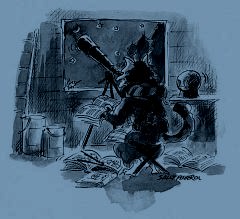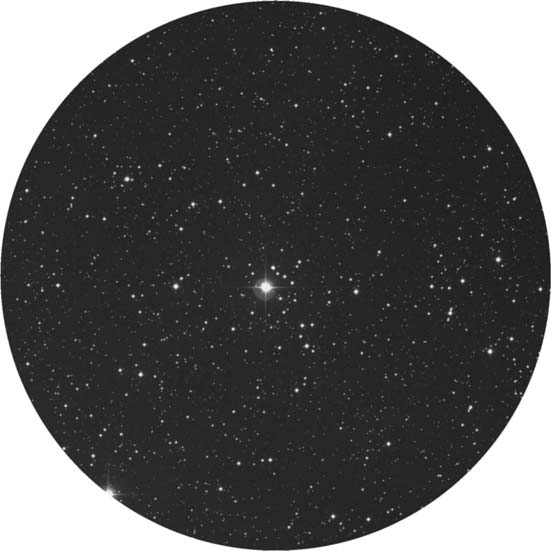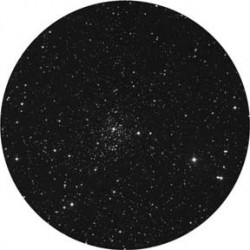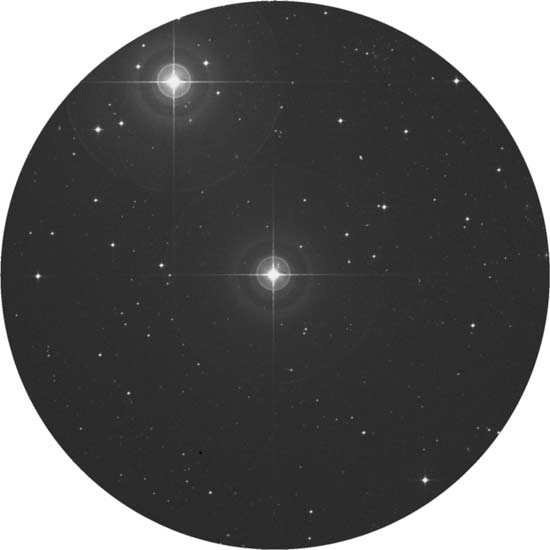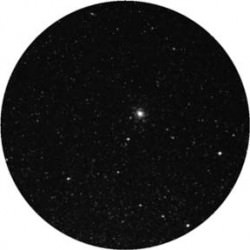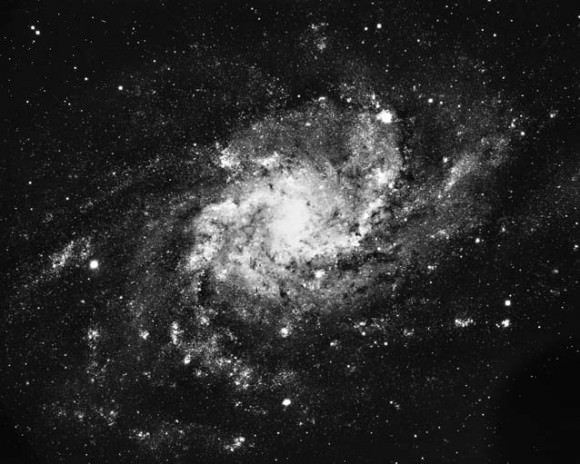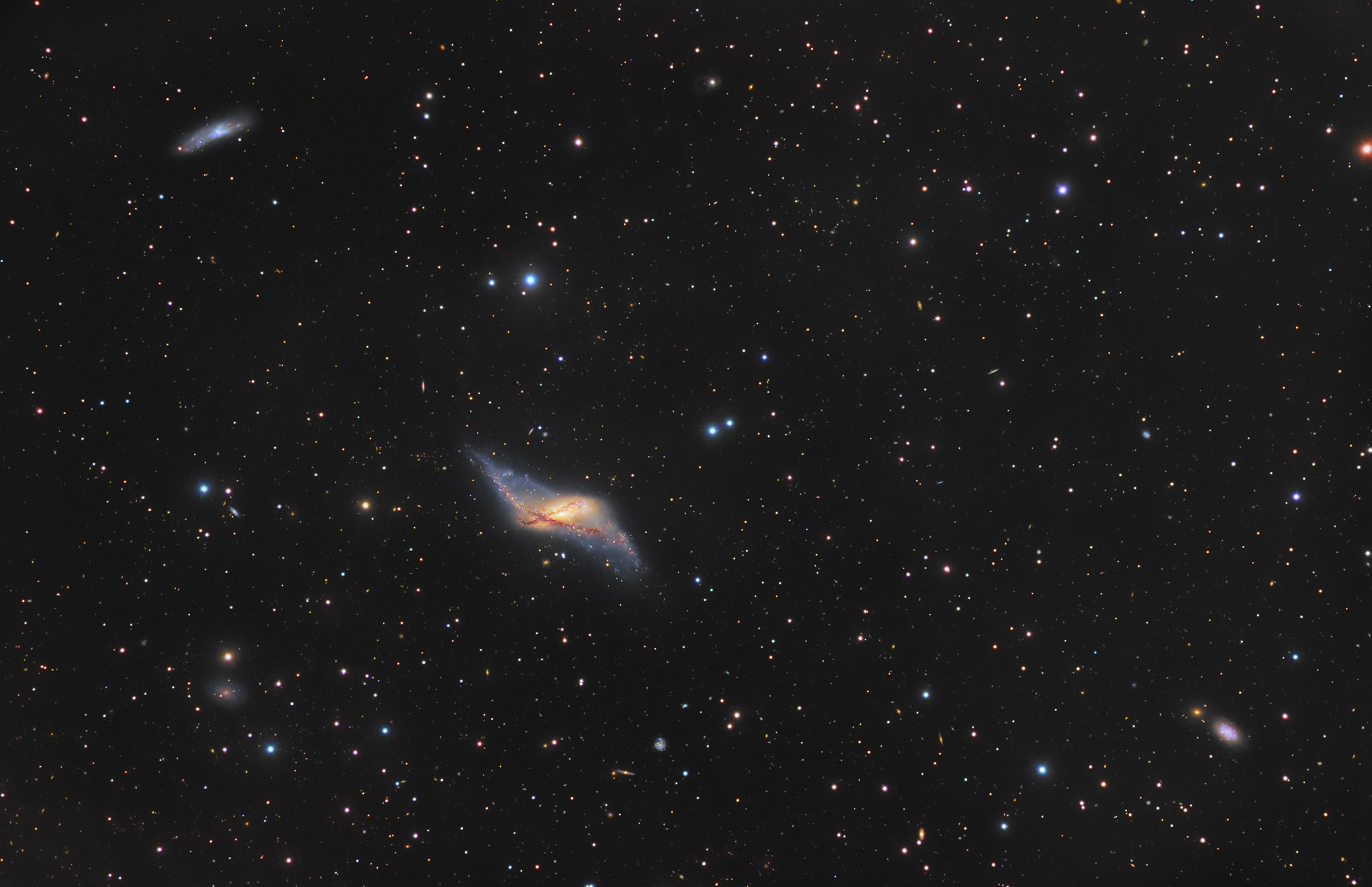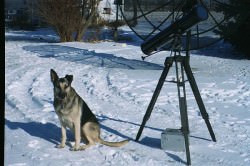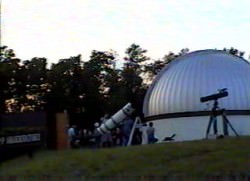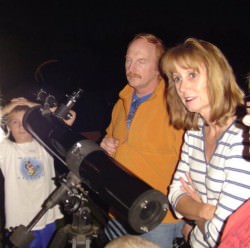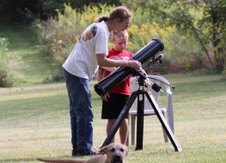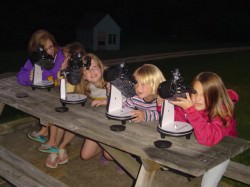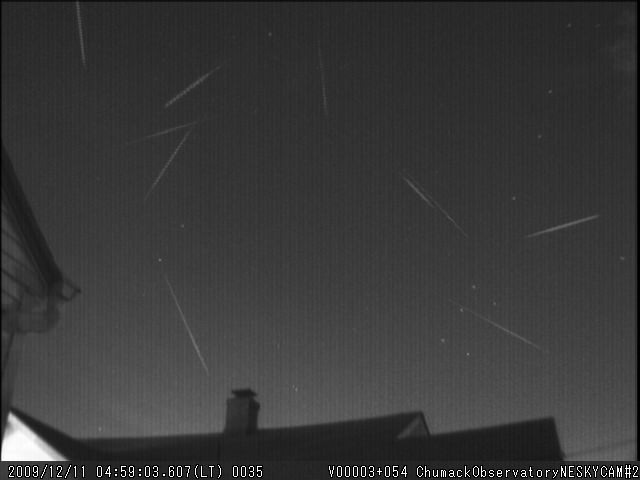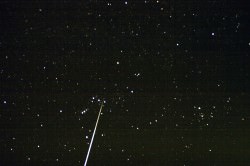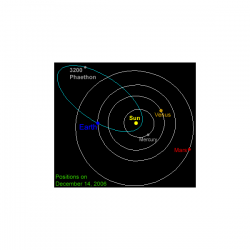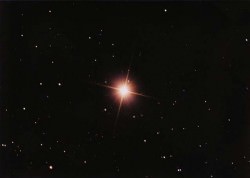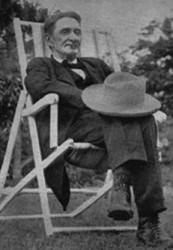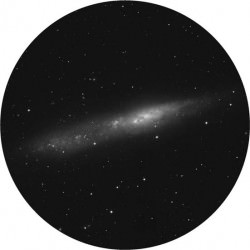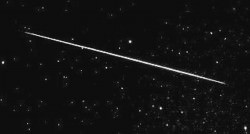Object Name: Messier 98
Alternative Designations: M98, NGC 4192
Object Type: Type Sb Barred Spiral Galaxy
Constellation: Coma Berenices
Right Ascension: 12 : 13.8 (h:m)
Declination: +14 : 54 (deg:m)
Distance: 60000 (kly)
Visual Brightness: 10.1 (mag)
Apparent Dimension: 9.5×3.2 (arc min)
Locating Messier 98: As part of the Virgo Cluster of Galaxies, M98 is best found by returning to our “galaxy hopping” ways we’ve learned. Begin with the bright M84/84 pairing located in the heavily populated inner core of the Virgo Cluster of galaxies about halfway between Epsilon Virginis and Beta Leonis. Once identified, stay at the eyepiece a move your telescope north until you locate M99 and continue at least 3 or 4 more eyepiece fields. This is what is known as “sweeping”. When you reach a star pattern you are certain that you can identify, shift the telescope one eyepiece field to the west. Now sweep south for several eyepiece fields. If you have not seen the slender scratch of M98, continue the process carefully one eyepiece field at a time. (Not all eyepieces have the same apparent field of view, but use your lowest magnification.) M98 is edge-on in presentation, so it will be a slender scratch of nebulousity that requires dark, clear skies and at least 4″ in aperture.
What You Are Looking At: M98 is nearly edge-on in presentation and displays a disturbed, misty elongated disk. There are some blue regions of new star formation, as well as a massive quantity of occulting dust which reddens the appearance of the small, bright nucleus. But where did all this dust come from?
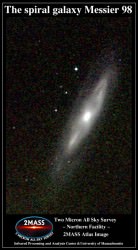 “Debris sent into the intergalactic medium during tidal collisions has received much attention as it can tell us about several fundamental properties of galaxies, in particular their missing mass, both in the form of cosmological Dark Matter and so-called Lost Baryons. High velocity encounters, which are common in clusters of galaxies, are able to produce faint tidal debris that may appear as star–less, free floating HI clouds. These may be mistaken for Dark Galaxies, a putative class of gaseous, dark matter (DM) dominated, objects which for some reason never managed to form stars. VirgoHI21, in the Virgo Cluster, is by far the most spectacular and most discussed Dark Galaxy candidate so far detected in HI surveys. We show here that it is most likely made out of material expelled 750 Myr ago from the nearby spiral galaxy NGC 4254 during its fly–by at about 1000 km s?1 by a massive intruder. Our numerical model of the collision is able to reproduce the main characteristics of the system: in particular the absence of stars, and its prominent velocity gradient. Originally attributed to the gas being in rotation within a massive dark matter halo, we find it instead to be consistent with a combination of simple streaming motion plus projection effects.” say Piere Alain Duc.
“Debris sent into the intergalactic medium during tidal collisions has received much attention as it can tell us about several fundamental properties of galaxies, in particular their missing mass, both in the form of cosmological Dark Matter and so-called Lost Baryons. High velocity encounters, which are common in clusters of galaxies, are able to produce faint tidal debris that may appear as star–less, free floating HI clouds. These may be mistaken for Dark Galaxies, a putative class of gaseous, dark matter (DM) dominated, objects which for some reason never managed to form stars. VirgoHI21, in the Virgo Cluster, is by far the most spectacular and most discussed Dark Galaxy candidate so far detected in HI surveys. We show here that it is most likely made out of material expelled 750 Myr ago from the nearby spiral galaxy NGC 4254 during its fly–by at about 1000 km s?1 by a massive intruder. Our numerical model of the collision is able to reproduce the main characteristics of the system: in particular the absence of stars, and its prominent velocity gradient. Originally attributed to the gas being in rotation within a massive dark matter halo, we find it instead to be consistent with a combination of simple streaming motion plus projection effects.” say Piere Alain Duc.
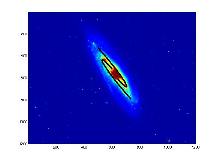 “Based on our multi-wavelength and numerical studies of galaxy collisions, we discuss several ways to identify a tidal origin in a Dark Galaxy candidate such as optical and millimetre–wave observations to reveal a high metallicity and CO lines, and more importantly, kinematics indicating the absence of a prominent Dark Matter halo. We illustrate the method using another HI system in Virgo, VCC 2062, which is most likely a Tidal Dwarf Galaxy . Now, whereas tidal debris should not contain any dark matter from the halo of their parent galaxies, it may exhibit missing mass in the form of dark baryons, unaccounted for by classical observations, as recently found in the collisional ring of NGC 5291 and probably in the TDG VCC 2062. These “Lost Baryons” must originally have been located in the disks of their parent galaxies.”
“Based on our multi-wavelength and numerical studies of galaxy collisions, we discuss several ways to identify a tidal origin in a Dark Galaxy candidate such as optical and millimetre–wave observations to reveal a high metallicity and CO lines, and more importantly, kinematics indicating the absence of a prominent Dark Matter halo. We illustrate the method using another HI system in Virgo, VCC 2062, which is most likely a Tidal Dwarf Galaxy . Now, whereas tidal debris should not contain any dark matter from the halo of their parent galaxies, it may exhibit missing mass in the form of dark baryons, unaccounted for by classical observations, as recently found in the collisional ring of NGC 5291 and probably in the TDG VCC 2062. These “Lost Baryons” must originally have been located in the disks of their parent galaxies.”
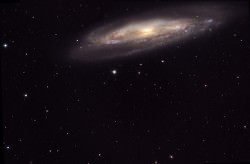 So is it dust that dims M98’s core or is it something else? Something like maybe a Low Luminosity Active Galactic Nuclei (LLAGNs)? “Low-luminosity active galactic nuclei (LLAGNs) comprise 30% of all bright galaxies (B?12.5) and are the most common type of AGN . These include LINERs, and transition-type objects (TOs, also called weak- [OI] LINERs). These two types of LLAGNs have similar emission line ratios in [OIII]/HB, [NII]/H?, and [SII]/H?, but [OI]/H? is lower in TOs than in LINERs. LLAGNs constitute a rather mixed class and different mechanisms have been proposed to explain the origin of the nuclear activity, including shocks, and photoionization by a non-stellar source, by hotstars or by intermediate age stars.” says Rosa M. Gonzalez Delgado (et al). “Because we do not know yet what powers them and how they are related to the Seyfert phenomenon, LLAGNs have been at the forefront of AGN research since they were first systematically studied by Heckman (1980). Are they all truly “dwarf” Seyfert nuclei powered by accretion onto nearly dormant supermassive black holes (BH), or can some of them be explained at least partly in terms of stellar processes? If LLAGNs were powered by a BH, they would represent the low end of the AGN luminosity function in the local universe and would also establish a lower limit to the fraction of galaxies containing massive BHs in their centers. If, on the contrary, LLAGNs were powered by nuclear stellar clusters, their presence would play an important role in the evolution of galaxy nuclei. Therefore, it is fundamental to unveil the nature of the central source in LLAGNs.”
So is it dust that dims M98’s core or is it something else? Something like maybe a Low Luminosity Active Galactic Nuclei (LLAGNs)? “Low-luminosity active galactic nuclei (LLAGNs) comprise 30% of all bright galaxies (B?12.5) and are the most common type of AGN . These include LINERs, and transition-type objects (TOs, also called weak- [OI] LINERs). These two types of LLAGNs have similar emission line ratios in [OIII]/HB, [NII]/H?, and [SII]/H?, but [OI]/H? is lower in TOs than in LINERs. LLAGNs constitute a rather mixed class and different mechanisms have been proposed to explain the origin of the nuclear activity, including shocks, and photoionization by a non-stellar source, by hotstars or by intermediate age stars.” says Rosa M. Gonzalez Delgado (et al). “Because we do not know yet what powers them and how they are related to the Seyfert phenomenon, LLAGNs have been at the forefront of AGN research since they were first systematically studied by Heckman (1980). Are they all truly “dwarf” Seyfert nuclei powered by accretion onto nearly dormant supermassive black holes (BH), or can some of them be explained at least partly in terms of stellar processes? If LLAGNs were powered by a BH, they would represent the low end of the AGN luminosity function in the local universe and would also establish a lower limit to the fraction of galaxies containing massive BHs in their centers. If, on the contrary, LLAGNs were powered by nuclear stellar clusters, their presence would play an important role in the evolution of galaxy nuclei. Therefore, it is fundamental to unveil the nature of the central source in LLAGNs.”
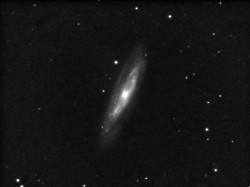 But that’s not all that’s hiding inside M98. Now let’s try type II LINERS. ” We present ASCA observations of low-ionization nuclear emission-line regions (LINERs) without broad H? emission in their optical spectra. The sample of “type 2″ LINERs consists of NGC 404, 4111, 4192, 4457, and 4569. We have detected X-ray emission from all the objects except for NGC 404; among the detected objects are two so-called transition objects (NGC 4192 and NGC 4569), which have been postulated to be composite nuclei having both an H II region and a LINER component. The images of NGC 4111 and NGC 4569 in the soft (0.5-2 keV) and hard (2-7 keV) X-ray bands are extended on scales of several kiloparsecs. The X-ray spectra of NGC 4111, NGC 4457, and NGC 4569 are well fitted by a two-component model that consists of soft thermal emission with kT ~ 0.65 keV and a hard component represented by a power law (photon index ~2) or by thermal bremsstrahlung emission (kT ~ several keV). The extended hard X-rays probably come from discrete sources, while the soft emission most likely originates from hot gas produced by active star formation in the host galaxy. We have found no clear evidence for the presence of active galactic nuclei (AGNs) in the sample.” says Yuichi Terashima (et al). “Using black hole masses estimated from host galaxy bulge luminosities, we obtain an upper limit on the implied Eddington ratios less than 5 × 10-5. If an AGN component is the primary ionization source of the optical emission lines, then it must be heavily obscured with a column density significantly larger than 1023 cm-2, since the observed X-ray luminosity is insufficient to drive the luminosities of the optical emission lines. Alternatively, the optical emission could be ionized by a population of exceptionally hot stars. This interpretation is consistent with the small [O I] ?6300/H? ratios observed in these sources, the ultraviolet spectral characteristics in the cases where such information exists, and the X-ray results reported here. We also analyze the X-ray properties of NGC 4117, a low-luminosity Seyfert 2 galaxy serendipitously observed in the field of NGC 4111.”
But that’s not all that’s hiding inside M98. Now let’s try type II LINERS. ” We present ASCA observations of low-ionization nuclear emission-line regions (LINERs) without broad H? emission in their optical spectra. The sample of “type 2″ LINERs consists of NGC 404, 4111, 4192, 4457, and 4569. We have detected X-ray emission from all the objects except for NGC 404; among the detected objects are two so-called transition objects (NGC 4192 and NGC 4569), which have been postulated to be composite nuclei having both an H II region and a LINER component. The images of NGC 4111 and NGC 4569 in the soft (0.5-2 keV) and hard (2-7 keV) X-ray bands are extended on scales of several kiloparsecs. The X-ray spectra of NGC 4111, NGC 4457, and NGC 4569 are well fitted by a two-component model that consists of soft thermal emission with kT ~ 0.65 keV and a hard component represented by a power law (photon index ~2) or by thermal bremsstrahlung emission (kT ~ several keV). The extended hard X-rays probably come from discrete sources, while the soft emission most likely originates from hot gas produced by active star formation in the host galaxy. We have found no clear evidence for the presence of active galactic nuclei (AGNs) in the sample.” says Yuichi Terashima (et al). “Using black hole masses estimated from host galaxy bulge luminosities, we obtain an upper limit on the implied Eddington ratios less than 5 × 10-5. If an AGN component is the primary ionization source of the optical emission lines, then it must be heavily obscured with a column density significantly larger than 1023 cm-2, since the observed X-ray luminosity is insufficient to drive the luminosities of the optical emission lines. Alternatively, the optical emission could be ionized by a population of exceptionally hot stars. This interpretation is consistent with the small [O I] ?6300/H? ratios observed in these sources, the ultraviolet spectral characteristics in the cases where such information exists, and the X-ray results reported here. We also analyze the X-ray properties of NGC 4117, a low-luminosity Seyfert 2 galaxy serendipitously observed in the field of NGC 4111.”
History: M98 was originally discovered by Pierre Mechain on March 15, 1781 and reported to Charles Messier who confirmed and logged it on April 13, 1781. In his notes he writes: “Nebula without star, of an extremely faint light, above the northern wing of Virgo, on the parallel and near to the star no. 6, fifth magnitude, of Coma Berenices, according to Flamsteed. M. Mechain saw it on Mar 15, 1781.”
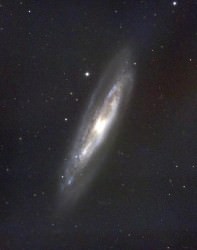 Sir William Herschel would catch this great galaxy on December 30, 1783 with much detail. In his unpublished notes he writes: “”The difference [of Messier’s and Mechain’s observations on one hand, and Herschel’s on the other] will appear when we compare my observation of the 98th nebula with that in the Connoissance des Temps for 1784, which runs thus: [Messier’s description follows in French, as translated above]. My observation of the 30th December, 1783, is thus: A large, extended fine nebula. Its situation shews it to be M. Messier’s 98th; but from its description it appears, that that gentleman has not seen the whole of it, for its feeble branches extend above a quarter of a degree, or which no notice is taken. Near the middle of it are a few stars visible, and more suspected. My field of view will not quite take in the whole nebula.”
Sir William Herschel would catch this great galaxy on December 30, 1783 with much detail. In his unpublished notes he writes: “”The difference [of Messier’s and Mechain’s observations on one hand, and Herschel’s on the other] will appear when we compare my observation of the 98th nebula with that in the Connoissance des Temps for 1784, which runs thus: [Messier’s description follows in French, as translated above]. My observation of the 30th December, 1783, is thus: A large, extended fine nebula. Its situation shews it to be M. Messier’s 98th; but from its description it appears, that that gentleman has not seen the whole of it, for its feeble branches extend above a quarter of a degree, or which no notice is taken. Near the middle of it are a few stars visible, and more suspected. My field of view will not quite take in the whole nebula.”
Obviously, taking your time and really “looking” at M98 makes a huge difference, as Admiral Smyth would point out about a hundred years later: “A fine and large, but rather pale nebula, between Virgo’s left wing and Leo’s tail; with the bright star, 6 Comae Berenices, following [East] in the next field exactly on the parallel. M. [Messier], who discovered it in 1781, merely registered it as “a nebula without a star, with an extremely faint light;” but on keeping a fixed gaze it brightens up towards the centre. It is elongated, in the direction of two stars, the one np [noth preceding, NW] and the other sf [south following, SE] of the object; with another star in the nf [north following, NE] quadrant pretty close. Differentiated with Beta Leonis, which star it follows by 6deg 1/2 in the direction of Arcturus; it lies on the outskirts of the vast region of nebulae that adorns the Virgin’s wing.”
Let your galaxy hunting skills take wing tonight!
Top M98 image credit, Palomar Observatory courtesy of Caltech, M98 2MASS image, M98 Spiral Structure (AANDA) M98 by Adam Block/NOAO/AURA/NSF, M98 Wikipedia courtesy of Ole Nielsen and M98 image courtesy of NOAO/AURA/NSF.

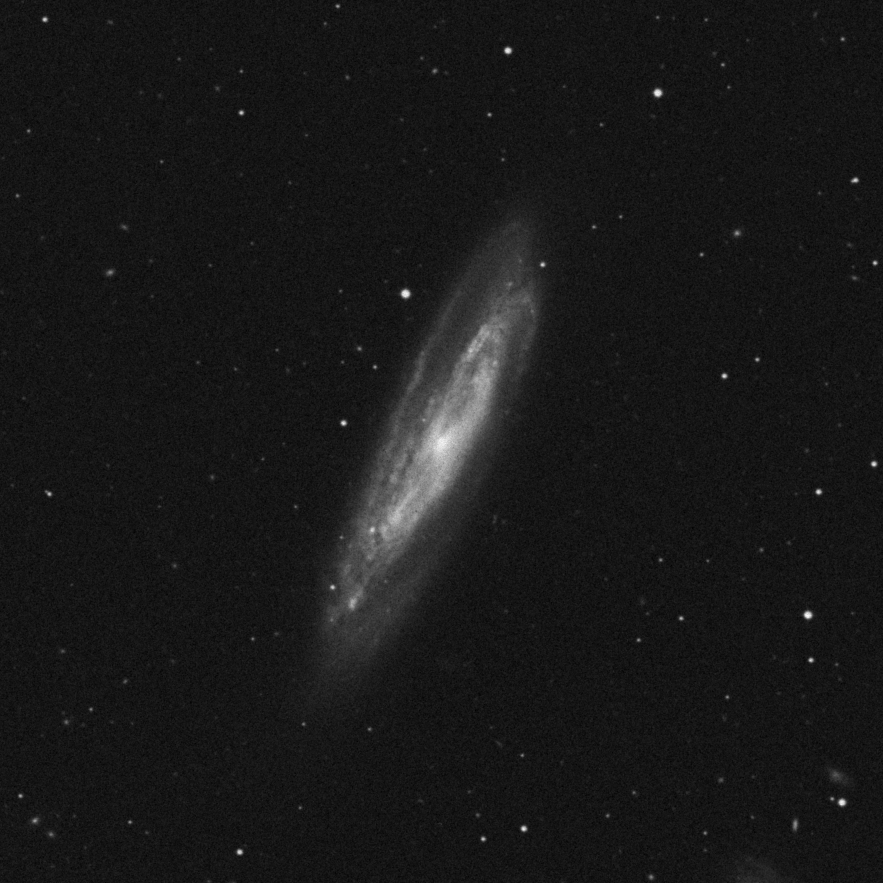


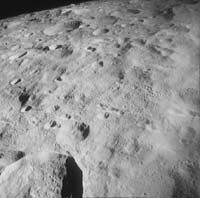
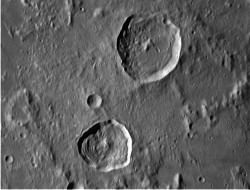


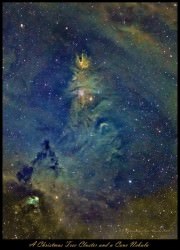
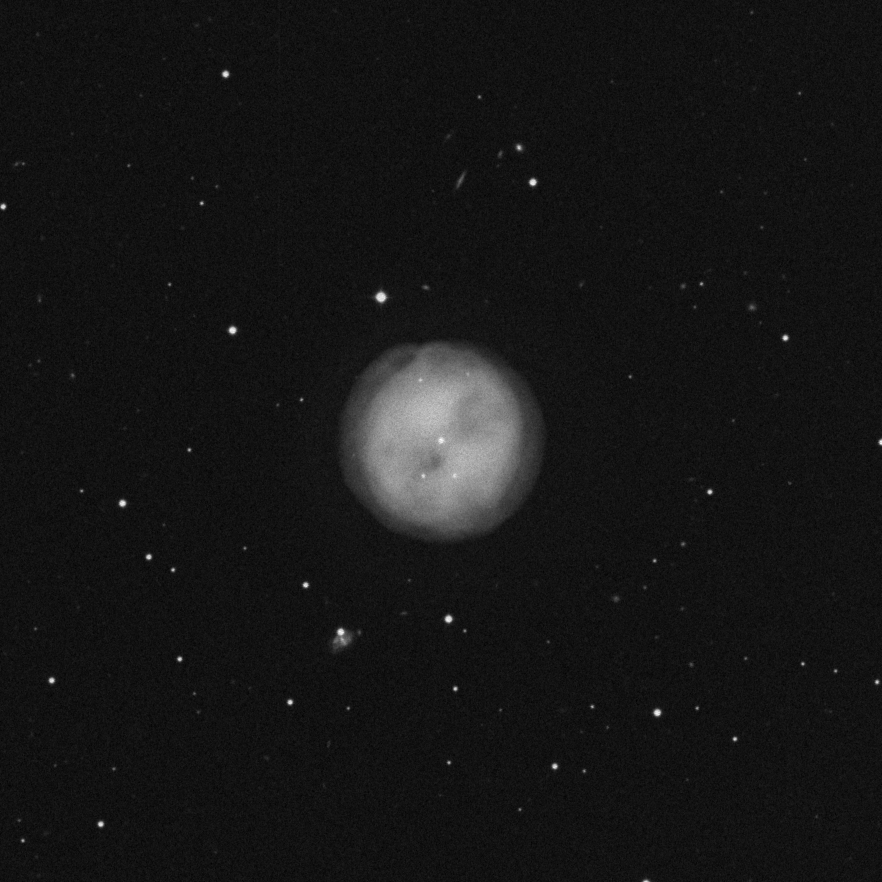

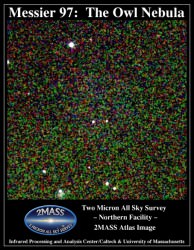
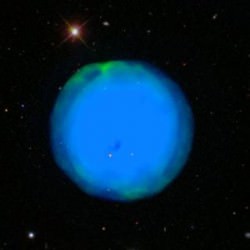

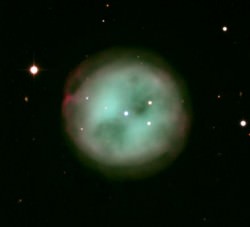
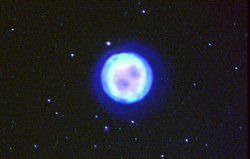
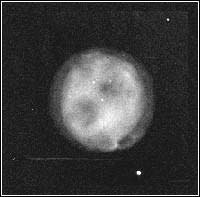
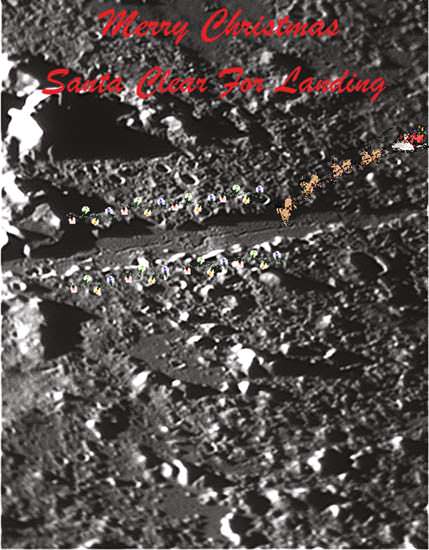
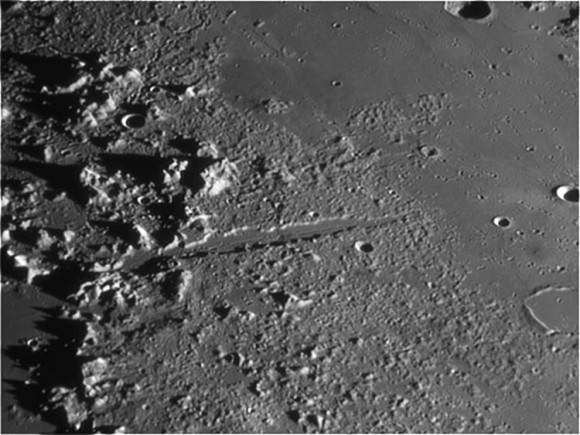
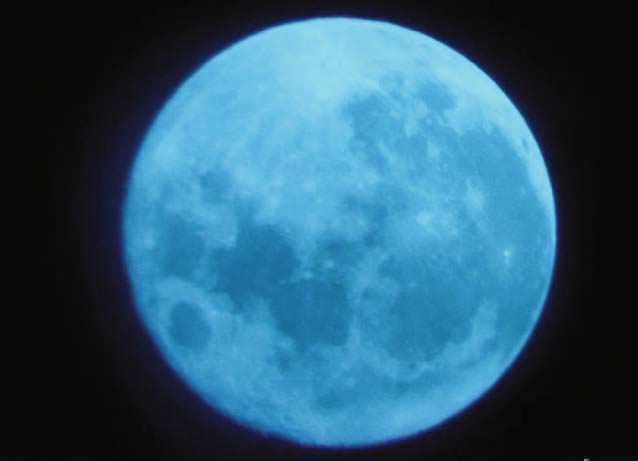
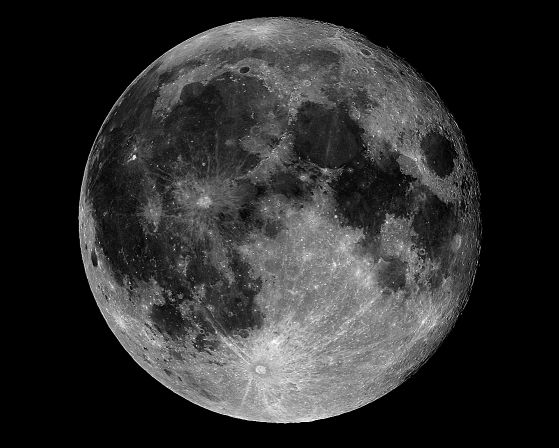
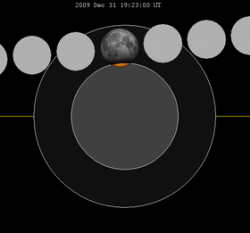 Only a very small portion of the Moon’s southern limb will be in the Earth’s umbral shadow, but there will be a noticeable darkening visible over the Moon’s face at the point of greatest eclipse. Need more? Then know this eclipse is the one of four lunar eclipses in a short-lived series. The lunar year series repeats after 12 lunations or 354 days. Afterwards it will begin shifting back about 10 days in sequential years. Because of the date change, the Earth’s shadow will be about 11 degrees west in sequential events.
Only a very small portion of the Moon’s southern limb will be in the Earth’s umbral shadow, but there will be a noticeable darkening visible over the Moon’s face at the point of greatest eclipse. Need more? Then know this eclipse is the one of four lunar eclipses in a short-lived series. The lunar year series repeats after 12 lunations or 354 days. Afterwards it will begin shifting back about 10 days in sequential years. Because of the date change, the Earth’s shadow will be about 11 degrees west in sequential events.